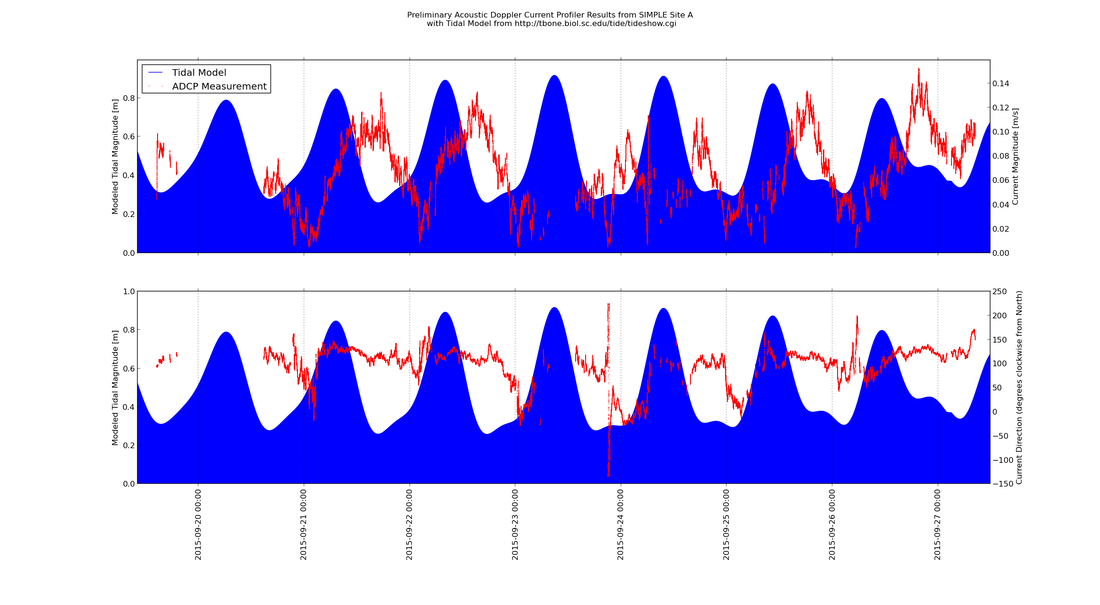Current Monitor Recovered
John and I headed out to our field site on Sunday to remove the water current profiler from the drill hole. The drill hole is closing faster and faster, and we were concerned that bad weather could keep us away long enough for the instrument to become frozen in. The timing worked out well because we’ve now got a substantial current data set, but we’re also anxious to get the current profiler reinstalled into Sunfish (where it is a critical navigation instrument) and resume Sunfish operations at the site.
Conditions were beautiful on Sunday. John and I saw the excellent progress the carpenters had made on the bot house in nasty weather on Saturday. We chipped a significant amount of ice from the hole, recovered the instrument, and headed back to station. The Mechanical Equipment Center has outfitted us with a diesel-powered heated glycol pump, called a hotsy, to help us keep the hole from freezing in. Britney, Justin, and Josh used it to melt back about 8″ of radial refreeze on Monday, making the hole ready for Sunfish operations this week.
Back on station, I’ve plotted the water current data we collected over a tidal model. There’s quite a bit to say about the plot (below), but the most important thing is that low current velocity at our site is correlated in time with rising tidal amplitude. Tidal amplitude is predictable, so we should be able to plan our robot dives at low-current times of day, minimizing the amount of energy the robot has to spend swimming upstream.

The water current information we collected shows that current velocity at our site is correlated in time with tidal amplitude, and that the direction of high-velocity current is fairly consistent. These are valuable pieces of information as we plan robotic dives. (figure: Peter Kimball)
Reporting by Peter Kimball